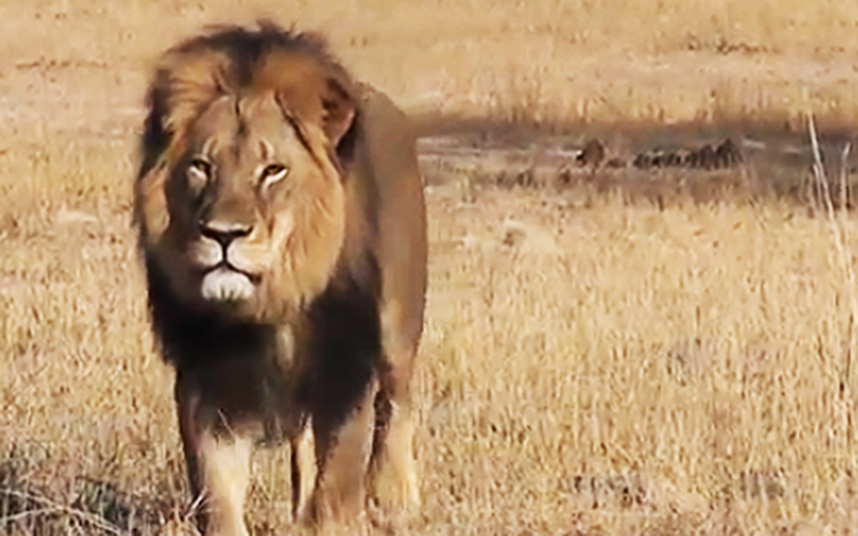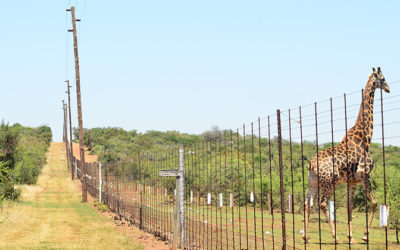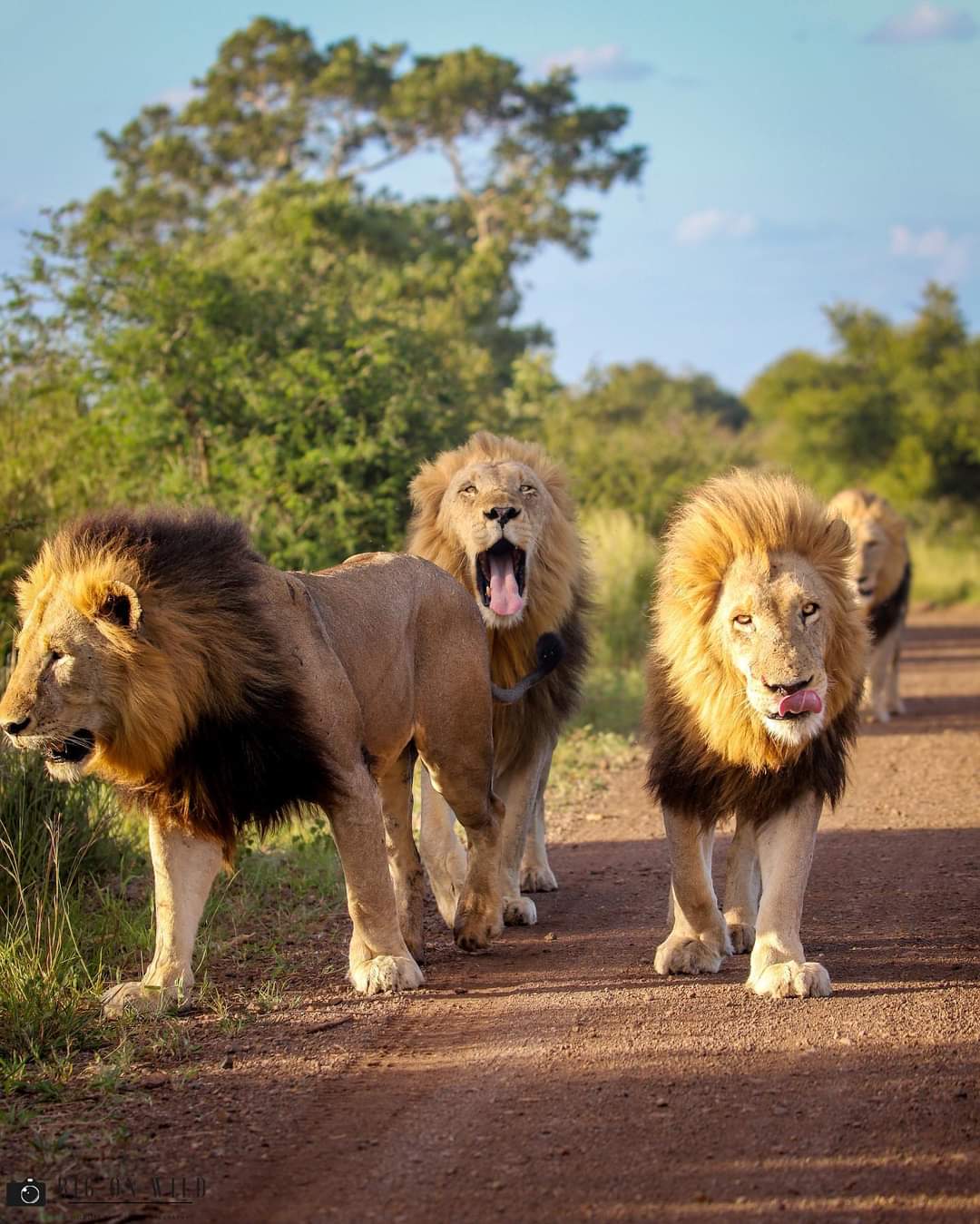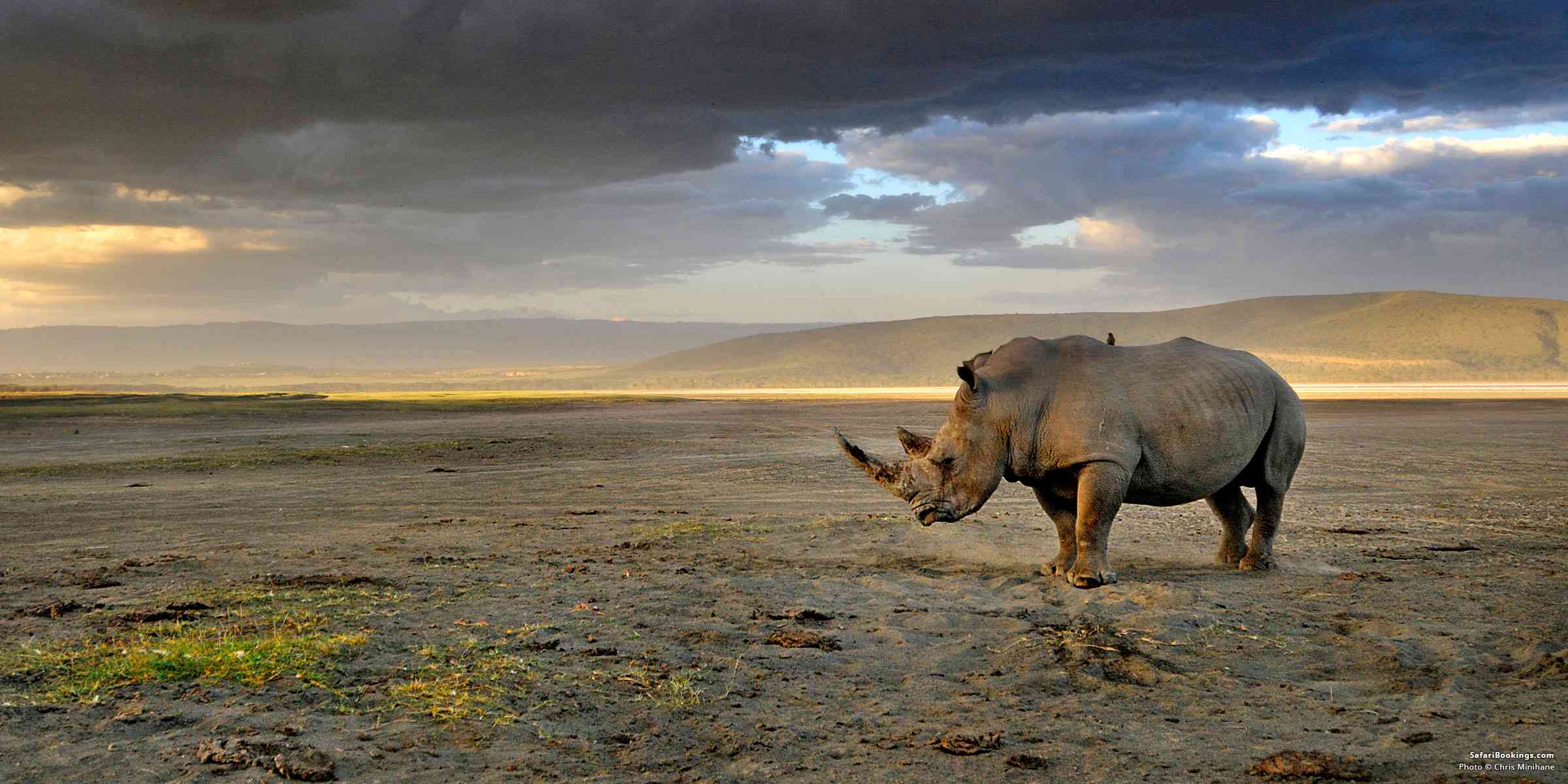Environment Minister Barbara Creecy says her department intends to prohibit the establishment and registration of new lion captive breeding, commercial exhibition or rehabilitation facilities or sanctuaries. In a government notice she has called for public comment.
Animal toll of electric fences
- Hits: 1643
Throughout Africa, fences (and many other anthropogenic structures such as roads) have changed the face of the natural landscape. In some instances, they play an essential role in safeguarding protected areas, conserving endangered species, and reducing human-wildlife conflict. Equally, the deleterious effects of these barriers on wildlife regarding habitat fragmentation, migration and seasonal resource access are relatively well documented.
Snow leopards are solitary creatures that spend their days prowling the high mountains for blue sheep and ibex, their primary source of food.
Socio-political factors are threatening already fragile lion populations in Africa, according to a new study.
On Sept. 4, African Parks, a multinational nonprofit conservation organization, announced that it had purchased Platinum Rhino, John Hume’s controversial intensive rhino breeding operation, and intended to rewild the more than 2,000 southern white rhinos (Ceratotherium simum simum) that came with it. The news was universally welcomed by those Mongabay has spoken to in South Africa’s conservation sector, but the main question now is how African Parks will find enough safe spaces for the rhinos.
“The scale of this undertaking is simply enormous, and therefore daunting,” says Peter Fearnhead, CEO and co-founder of African Parks. “However, it is equally one of the most exciting and globally strategic conservation opportunities — one of the largest continent-wide endeavours to occur for any species.”
Hume, who made his fortune developing time-share resorts, estimates he has spent $150 million over the last 30 years on intensively breeding rhinos, money he had hoped to recoup from trading in rhino horn. With no sign of the ban on the international trade in rhino horn lifting, Hume was forced into selling his operation.
After the auction for Hume’s operation in April this year failed to attract a single bid, African Parks was approached by concerned individuals in the conservation community to try to find a solution and assisted by the South African government in conducting due diligence, says Fearnhead. The exact amount can’t be disclosed due to nondisclosure agreements, but he says the purchase price, paid for with donor funding, was significantly lower that Hume’s initial reserve of $10 million.
“For me, John Hume’s project was always a bit controversial because those rhinos were being farmed. It wasn’t fair on them, it wasn’t ethical,” says Grant Fowlds, a South African conservationist and author of Saving the Last Rhinos. “I think African Parks taking it over is a very positive thing.”
Hume’s approach was focussed specifically on maximizing breeding numbers with breeding camps and intensive management that was undoubtedly successful at producing rhinos but divided opinion in conservation circles. African Parks has made clear that this intensive approach will stop, and they will now allow the herd to breed naturally. Accounting for these natural increases over the planned 10 years of the rewilding project, Fearnhead estimates that 3,000 rhinos will be translocated into the wild.
 Billionaires Help Fund the Rescue of Eighth of the World’s White Rhinos
Billionaires Help Fund the Rescue of Eighth of the World’s White Rhinos
“This is a project of epic proportion and complexity, and many of us have felt that [African Parks] are the only ones who could really do it properly,” says Elise Serfontein, founding director of Stop Rhino Poaching, a South African NGO.
African Parks plans to establish a reintroduction framework using independent rhino experts who will look at factors like what criteria an area needs to receive animals, what kind of feasibility studies need to take place, what security will be required in an area and what follow-up monitoring will look like. Fearnhead says he hopes the first rhinos will be placed by the end of this year or in early 2024, with an average of 300 rhinos a year being moved for the next 10 years.
However, the main challenge for rhino conservation over the last 10 years has not been a shortage of rhinos, but a shortage of wild spaces safe from poachers where they can live — a challenge that African Parks must now grapple with.
“We need to realize that rhinos, even in the best protected reserves, are still at risk,” says Serfontein. “Sadly, it’s no longer about maintaining a zero detected poaching rate, but about getting on top of a poaching problem as soon as it’s detected to keep losses to a minimum.”
African Parks has extensive experience partnering with governments and communities across Africa to turn around struggling national parks, including successfully strengthening anti-poaching in parks like Akagera, Rwanda, using the latest technology and canine units. They have also carried out large-scale translocations, including recently moving 500 elephants across Malawi.
“Ensuring protected areas for these animals is key to ensure the success of this project,” says Fearnhead. “While there are always risks and challenges involved with moving animals, African Parks believes the risk to the species of not rewilding 2,000 rhino outweighs the risks associated with translocations.”
While some rhinos will go to parks managed by African Parks, the organization is also open to requests from other parks and reserves that will be assessed under the framework once it is developed. The framework will also cover post-release monitoring to ensure that the rhinos are adapting to life in the wild.
“The responsibility and the scale of what we are undertaking is sobering, but we are cautiously optimistic,” says Fearnhead. “We have years of hard work ahead of us, including maintaining the highest level of security for the sanctuary, carrying out translocations over the coming years, and facing known and unknown challenges, all while continuing our core work of creating safe wild spaces across Africa.”

Human-lion conflict is a major issue for the conservation of wild lions. The Zambezi Region (formerly the Caprivi) is a small strip of land that fits like a Namibian key in a lock made of four other countries – Angola, Botswana, Zambia and Zimbabwe. This strip of land is near the centre of the Kavango-Zambezi Transfrontier Conservation Area (KAZA).
Newsletter Subscribe
AGRI NEWS NET "LIVE" FEED
- CRA Media independence is the absence of external control and influence of any other media. Our capacity is to "make decisions and act according to its logic," and distinguishes us from the vast majority of media- Committed, focused and always on time- Good positive News you can trust- We not part of the negative sensational news media of the 2025 century.
- This is AGRI NEWS NET- the world of Farming and Agriculture in your hand. "Good" News you can Trust- Updated 7 days a week- bringing you the latest News in Farming and Agriculture from all over the world. Tomorrow at 6 AM South African time you can start browsing again.
- First things first, scotch is actually a whiskey, er, whisky. Whiskey is the spelling in the United States and Ireland. Whisky is the spelling in Canada, Japan, and Scotland. What sets Scotch whisky apart from other whiskies is that Scotch whisky is entirely produced and bottled in Scotland. There is no wrong way to drink Jameson Irish Whiskey but, we do ask you to drink responsibly.
- We have Over 1000 professional Audio cast recordings- Its very popular- Click on the link and follow us. Our Audiocast include a weekly AGRI RUSH- Headline s of the week.
Popular News Tags
AGRI NEWS NET AUDIO CAST Feeding-
- What Needs to Change in Farming and Agriculture in 2025
- AGRI NEWS RUSH - News Headlines of the Week 18/01/2025
- Farmer safety in South Africa in 2025
- The Economics of Farming and Agriculture in South Africa 2025
- The global wine market 2025
- AGRI NEWS RUSH - News Headlines of the Week 11/01/2024
- Artificial Intelligence: All That Glitters Is Not Gold
- GLOBAL WATER OUTLOOK TO 2025 Averting an Impending Crisis

















